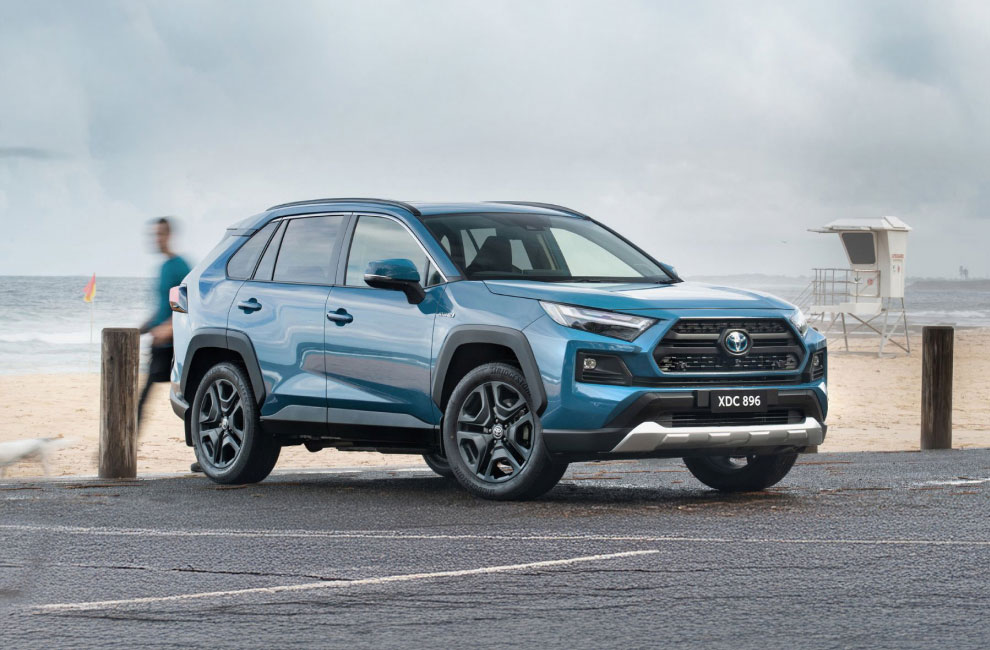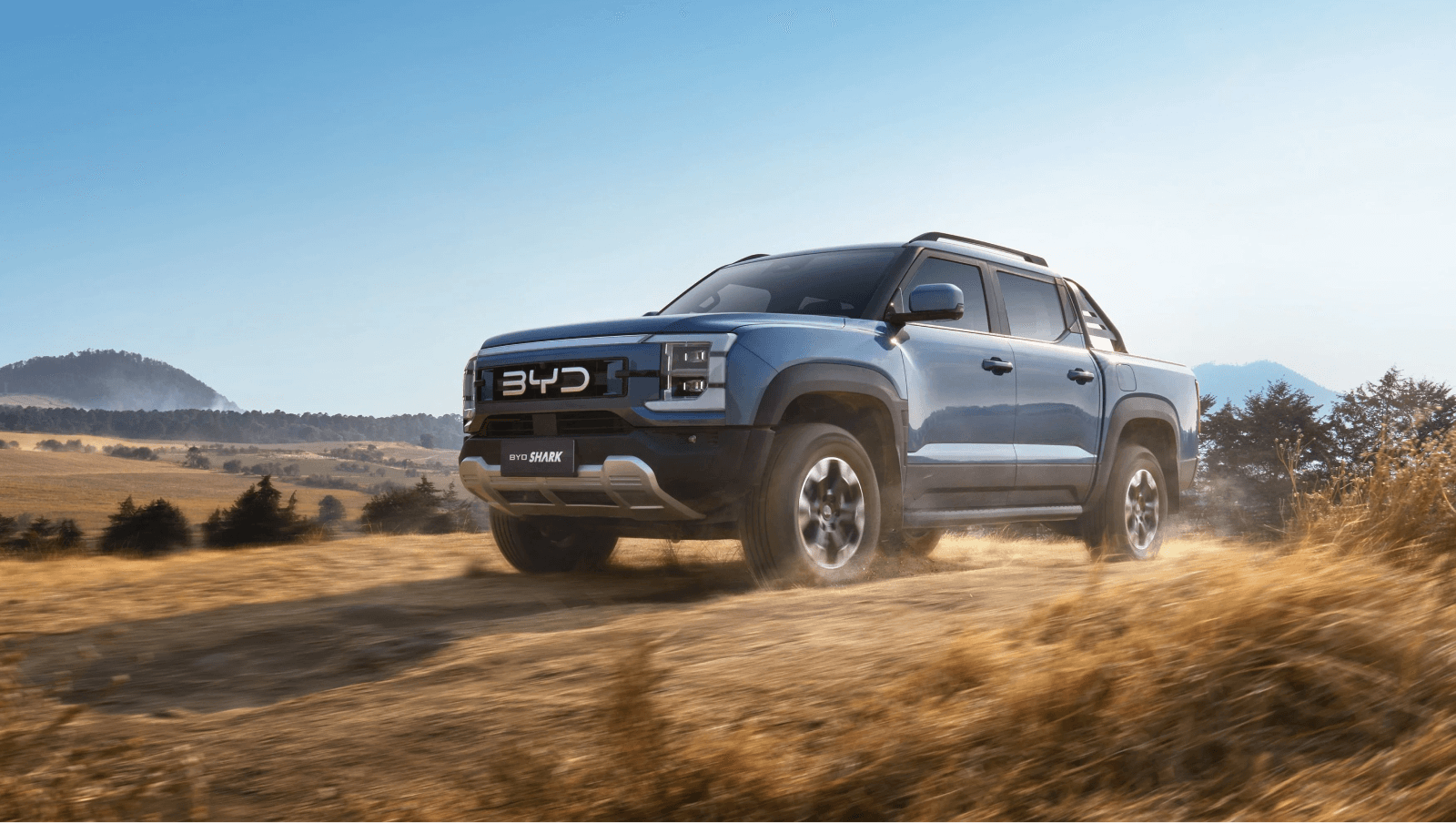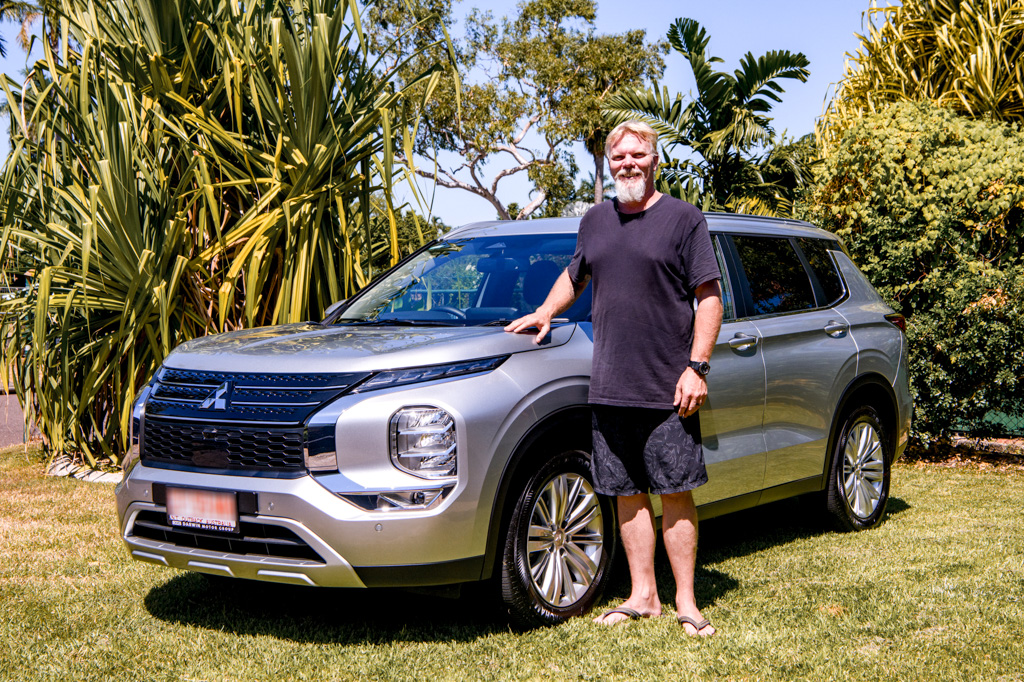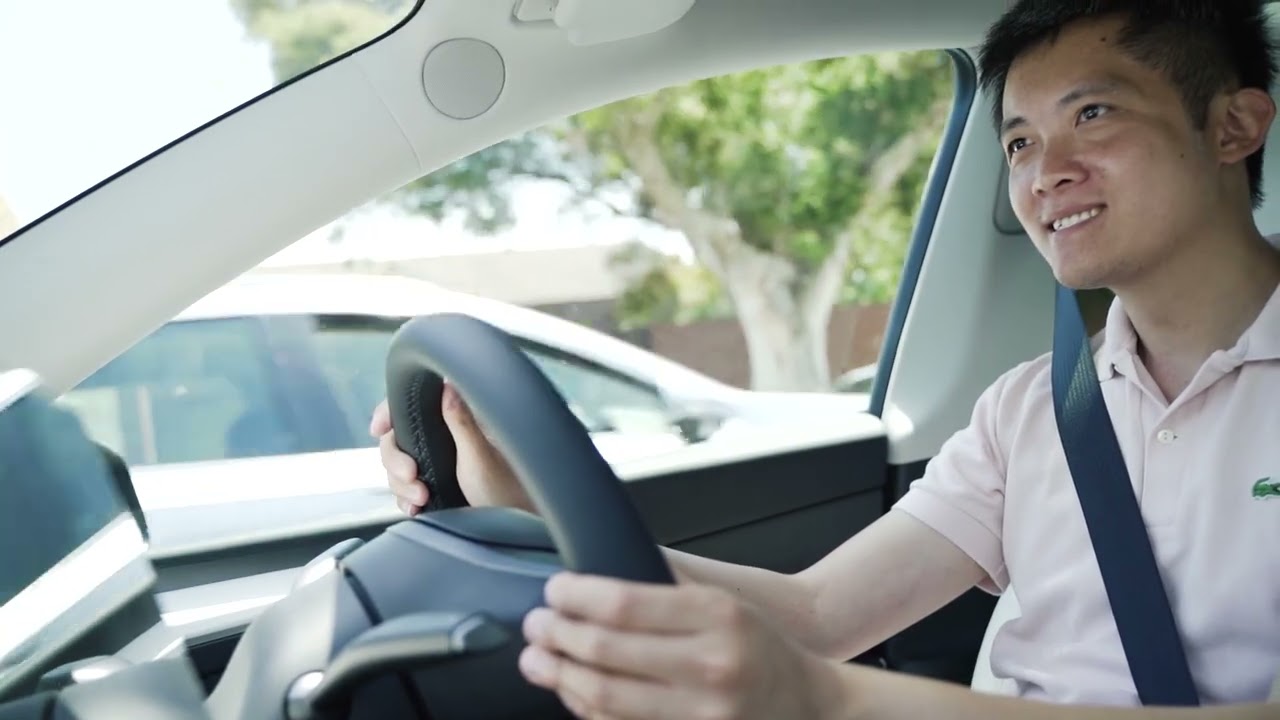If you’re like the majority of drivers, you’re probably curious about making the switch to an electric vehicle. You may have a few questions about how to charge your electric vehicle and what kind of charging station you need. All plug-in EVs in Australia have a lithium-ion battery, but the plugs and connectors can differ between makes of vehicle, meaning not all types of charge points can be used with all vehicles. We’re here to take a deep dive into EV charging and what it means for you.
EV Charger Levels
Level 1 Slow Charger
These plug into a standard 10A power point and deliver a “trickle” charge at about 2kW per hour. The typical cable supplied with an EV is a level one charger, and all you need is a standard power point to plug in and charge away.
Level 2 Medium Charger
This consists of a dedicated charging unit on the wall and can deliver 7.2 kW from a 240V AC single-phase connection. It’s much faster than a level 1 charger and is fast enough for most EV drivers. These are the chargers you want at home and are found in public areas like shopping centres etc.
Level 3 Fast Charger
These are high-voltage direct current (DC) chargers, usually installed at public charging stations such as the Tesla fast charge network. They can deliver from 50kW up to 350kW, depending on the type.
The level of power from the charging point is only one element of EV charging; the other is the type of charging port on the charger and the car itself. These plugs and ports have multiple pins; some are for transferring electricity, and others are data connections used by the car and charging stations to manage the electricity flow in the best way. Some EVs have multiple connection type options.
Types of EV Charging Plugs
Type 1
A five-pin design, also known as J1772 or SAEJ1772 and is mainly found on older models of the Mitsubishi Outlander PHEV or Nissan Lead.
Type 2
A seven-pin design is the standard type used in Australia, and it’s what you’ll find on almost all EVs sold in Australia. Also known as IEC62196 or Mennekes plug.
CHAdeMo
Short for “charge de move”, meaning “move using charge” or “charge and go” in French. This is a fast charger used by several Japanese and some European EV brands.
Combine Charging System (CCS)
Another fast charger type, CCS (Combined Charging System), has two types: CCS1 & CCS2. In Australia, many EV brands have a CCS2 port on the car, also known as a CCS Combo, meaning it can plug into either a type 2 charger or a CCS fast charger. Cars that feature this charger include the Tesla Model 3, Hyundai Ioniq and Porsche Taycan, among many others.
Flare is the leading expert in electric vehicles. We can help you save money and get behind the wheel of your dream car. Our novated lease experts will work with you to find the right EV for your needs and lifestyle, plus show you how to save thousands. Let our expertise and experience make your dream of driving an electric vehicle a reality.






